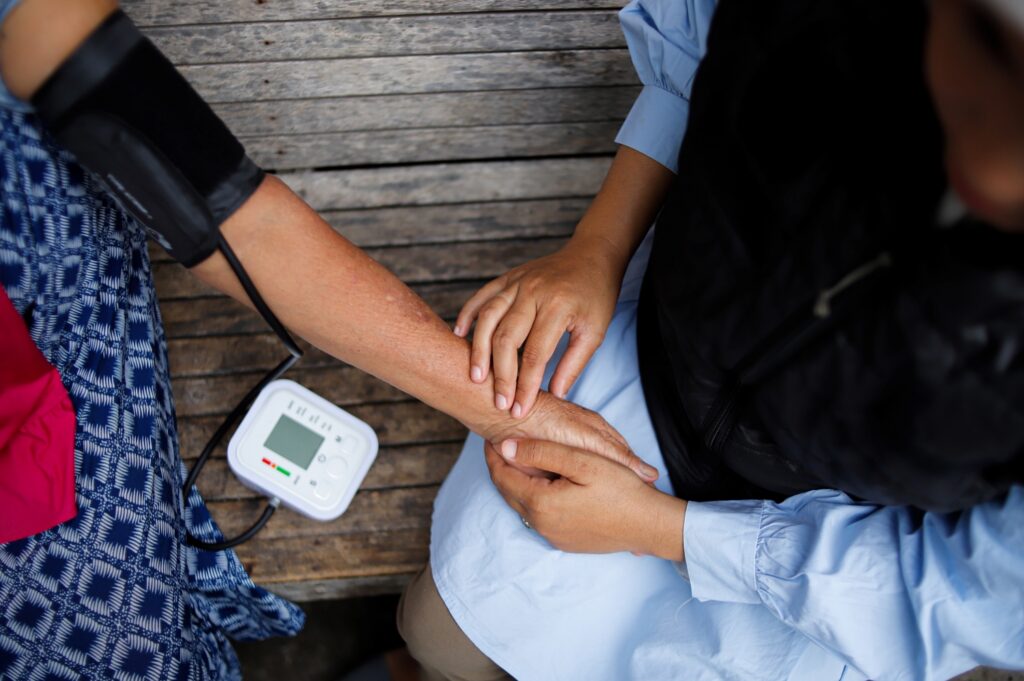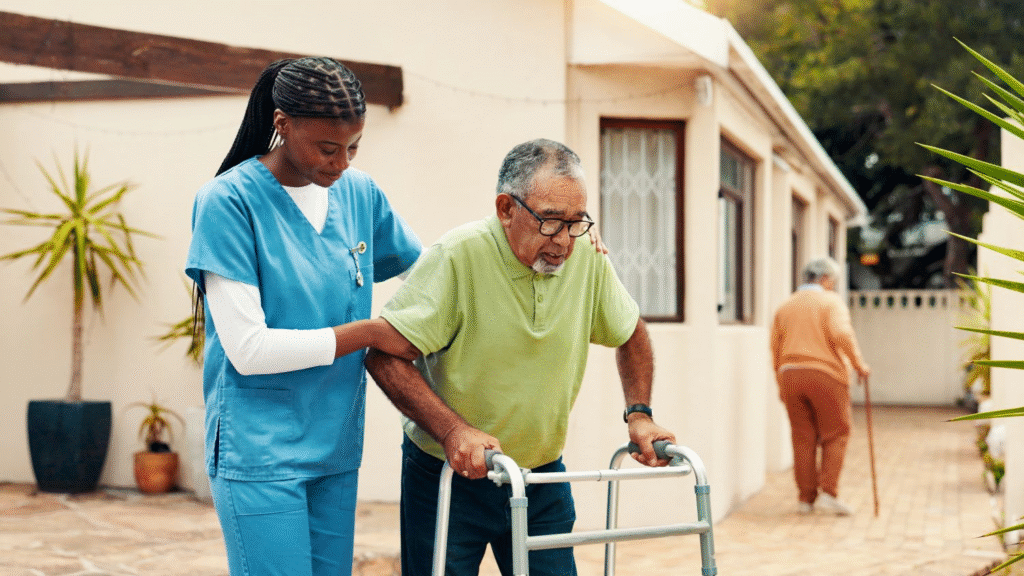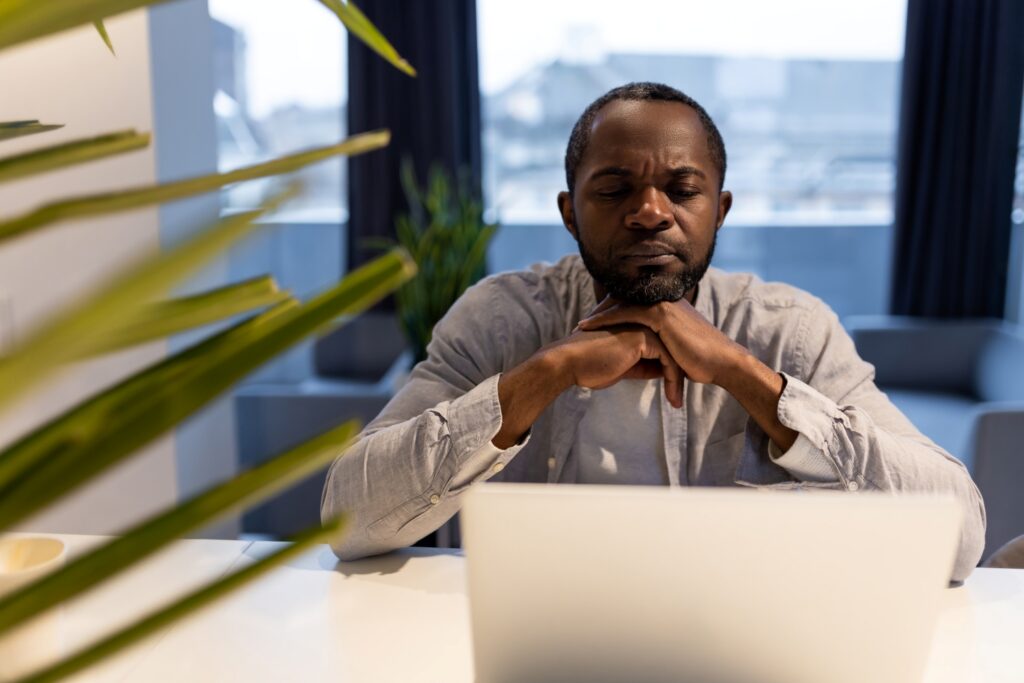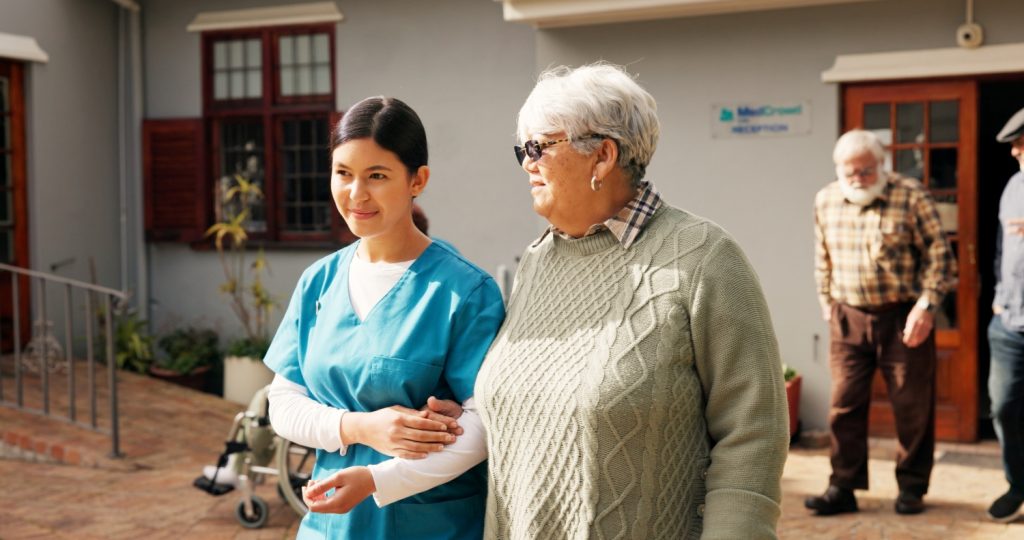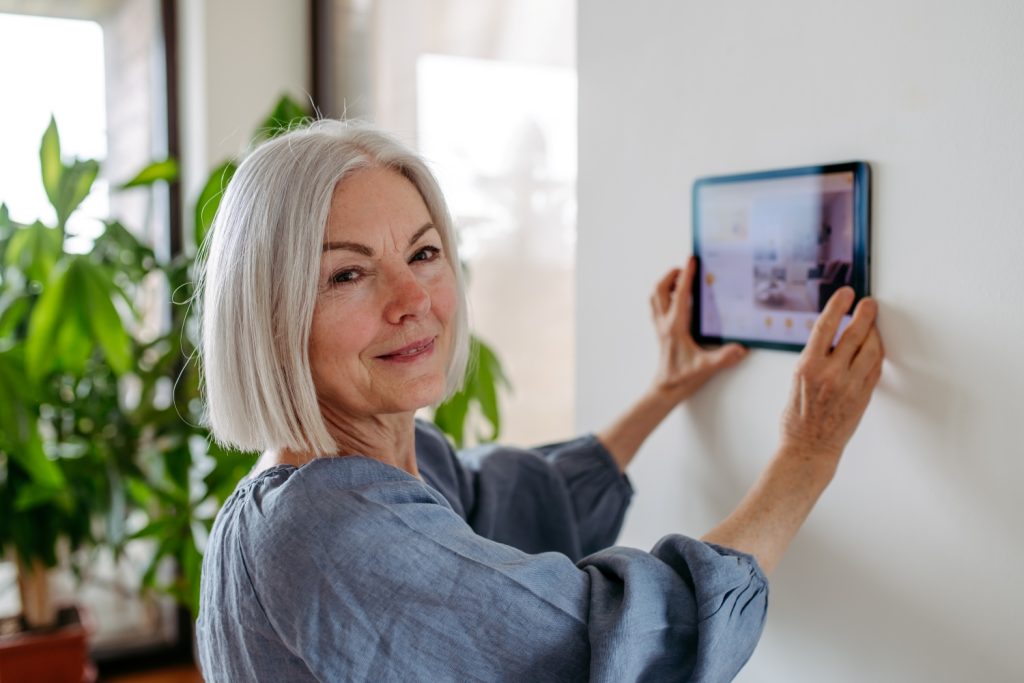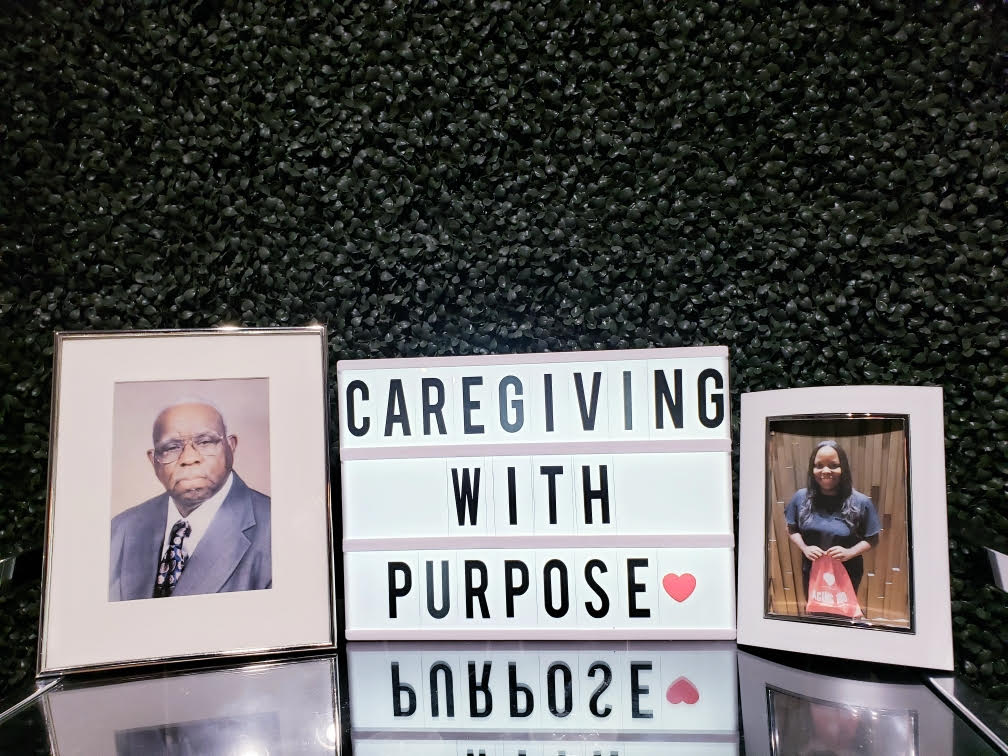The number of older adults living with HIV/AIDS is rising rapidly, particularly in marginalized communities (HIV.gov, 2024).
Although biomedical advances have extended life expectancy for people living with HIV, they have not eliminated the social, emotional and systemic challenges—including isolation, compounded stigma, chronic comorbidities and fragmented healthcare access—which disproportionately affect this population (HIV.gov, 2024, Budak, 2025, Quinn et al., 2022). These disparities are the reality for many individuals aging with HIV, and demand interventions that move beyond traditional clinical models toward comprehensive strategies affirming the whole person (Schmalzle, 2025).
Addressing the complex needs of people aging with HIV requires a multidimensional approach that combines medical care with behavioral health, social support and wellness activities. My Brother’s Keeper (MBK) and Open Arms Healthcare Center‘s LifeStyle Program represent this next generation of HIV care—innovative, community-centered models that build on the foundational successes of the organizations’ Integrated HIV Care Services Model and center lived experiences of older adults in the South.
In the Deep South, where poverty, stigma and policy shortfalls continue to impede access to care, programs like LifeStyle are not just innovative—they’re essential (Reif, 2021, Reif et al., 2018). Older adults living with HIV often face compounded disparities, including increased vulnerability to chronic illnesses, heightened social isolation, complex mental health needs, and persistent stigma (Quinn et al., 2019, Quinn et al., 2022). The LifeStyle Program directly addresses these complex, interconnected challenges through tailored interventions.
Integrated HIV Care Services
The Integrated HIV Care Services Model implemented by Open Arms Healthcare Center provides a holistic, comprehensive approach designed to overcome social and clinical barriers to care for individuals aging with HIV. The integrated HIV care services model includes rapid initiation of treatment and wraparound services, including the following five care-coordination components:
- Case Management
- HIV Healthcare (primary healthcare)
- Behavioral Healthcare (mental health and substance abuse screening and treatment)
- Adherence Counseling (a pharmacist-led intervention)
- Social Support Services (transportation, emergency food assistance, housing and legal assistance)
This holistic approach has significantly improved health outcomes, leading to a 38% increase in viral load suppression, a nearly 13% increase in antiretroviral therapy adherence rates, and an 11% increase in patient retention. Compared to national averages—which hover around 65% to 70% viral suppression among people with HIV—Open Arms’ 81% rate underscores the effectiveness of its integrated model (Melvin & Gipson, 2019).
A Proven Foundation: Integrated HIV Care Services and the LifeStyle Program
Building on the success of the Integrated HIV Care Services Model, in 2018 MBK launched the LifeStyle Program for HIV-positive men and women ages 51-70. The program is managed by the Integrated HIV Care Service (IHCS) team and includes comprehensive geriatric assessments, mental health support, adherence counseling, and regular HIV management. In addition to clinical care, participants engage in community wellness activities—virtual and in-person—including: 1) nutritional education; 2) physical activities; and 3) engaging social events designed to foster community connection and emotional resilience.
Key Components of the LifeStyle Program:
1. Formative Research and Advisory Board: A diverse board of older HIV-positive individuals and providers guides program design through focus groups, interviews and feedback sessions.
2. Enhanced Recruitment and Enrollment: Participants ages 50 and older are recruited through Electronic Health Record-integrated interest applications and supported with tech access and digital literacy tools.
3. Comprehensive Enrollment Process: Patients undergo full assessments examining medical history, mental health status, adherence levels, and social determinants of health. These assessments guide tailored service referrals.
4. Integrated Care Plan Development: A LifeStyle Care Plan is created collaboratively with participants, care teams and program coordinators. It includes geriatric screening as well as referrals to HIV care services, behavioral health support programs and wellness activities.
5. Wellness and Social Engagement Activities: Participants receive a monthly calendar of services and sign a contract outlining expectations and service options. Offerings include:
- Online or in-person group dinners and movie nights
- Cooking demonstrations with access to a client-choice food pantry
- Daily support communication o Technology training for skill development
- Access to low-cost telehealth services
- Wellness packages (e.g., massages or sauna treatments)
- Recreational events like painting classes or trivia nights
Measurable Impact and Personal Empowerment
Between May 2020 and March 2024, the original LifeStyle Program enrolled 40 participants ranging from age 49 to 73, with equal gender representation (50% female; 50% male). Approximately 82.5% identified as African American, while 17.5% identified as Caucasian. Data collected during this period revealed measurable impacts across several key domains (see Figure 1, below):
-
Physical activity: By 2024, 70.6% of participants reported being more physically active—a reflection of year-over-year improvement in healthy movement habits.
- Diet and nutrition: 76.5% reported eating healthier diets due to program interventions.
- Mental health. Despite challenges like the COVID-19 pandemic:
o Only 58.8% reported low levels of depression in 2024.
o No high depression scores were noted.
o 88.2% reported feeling happier overall. - Social engagement and emotional support: 76.5% indicated improved social engagement; many said the program fostered a sense of “extended family.”
- Healthcare access and satisfaction: 82.4% reported improved access to healthcare services.
Figure 1:
Participant Testimonials:
Several participants shared how transformative the program was for them:
- “The project group members have literally become my ‘Extended Family,’ especially during tough times like the pandemic.”
- “LifeStyle has blessed me with new friends who feel like family.”
- “I’ve lost about 20 pounds since joining this program!”
Essential Components for Replication
The LifeStyle Program highlights several critical components necessary for replication:
- Integrated multidisciplinary care: Seamless collaboration among healthcare professionals ensures comprehensive, coordinated care.
- Personalized wellness activities: Tailored approaches to nutrition, exercise and mental health ensure participant engagement and sustained adherence.
- Continuous evaluation and adaptation: Real-time, mixed-method evaluations guide ongoing program improvements to meet evolving participant needs.
- Culturally competent practices: Recognizing and respecting cultural diversity enhances service delivery and accessibility.
Overcoming Challenges and Innovating Care
Despite significant successes, the LifeStyle Program continues to face challenges in securing sustainable funding, expanding access, and maintaining qualified staffing. However, as the population aging with HIV grows, the program aims to continue proactively addressing emerging health concerns. Future directions include:
- Expansion via telehealth: Broadening access to care through telehealth services to reach diverse demographics.
- Policy advocacy: Promoting policies that support integrated HIV aging care.
- Autonomic testing integration: Introducing autonomic nervous system assessments to detect dysfunction early and tailor interventions to enhance cardiovascular, cognitive and overall health outcomes in older adults living with HIV.
Conclusion
The LifeStyle Program is more than just a health intervention—it represents a transformation in how we approach the care of older adults living with HIV. By addressing medical, emotional, social and structural needs through culturally responsive programming, the model honors the lived experiences of participants while fostering connection, resilience and dignity. Its measurable outcomes underscore the power of innovation, equity and empathy in driving impactful change.
As the global population of older adults living with HIV continues to grow, the urgency to act becomes undeniable. Programs such as LifeStyle provide a blueprint for building systems that not only see and support these individuals but also empower them to thrive. Now is the time for bold investments that ensure aging with HIV is met with compassion, respect and comprehensive care—because dignity should always remain at the center of healthcare.
June Gipson, PhD, is the president and CEO of My Brother’s Keeper, Inc., in Ridgeland, Miss.


